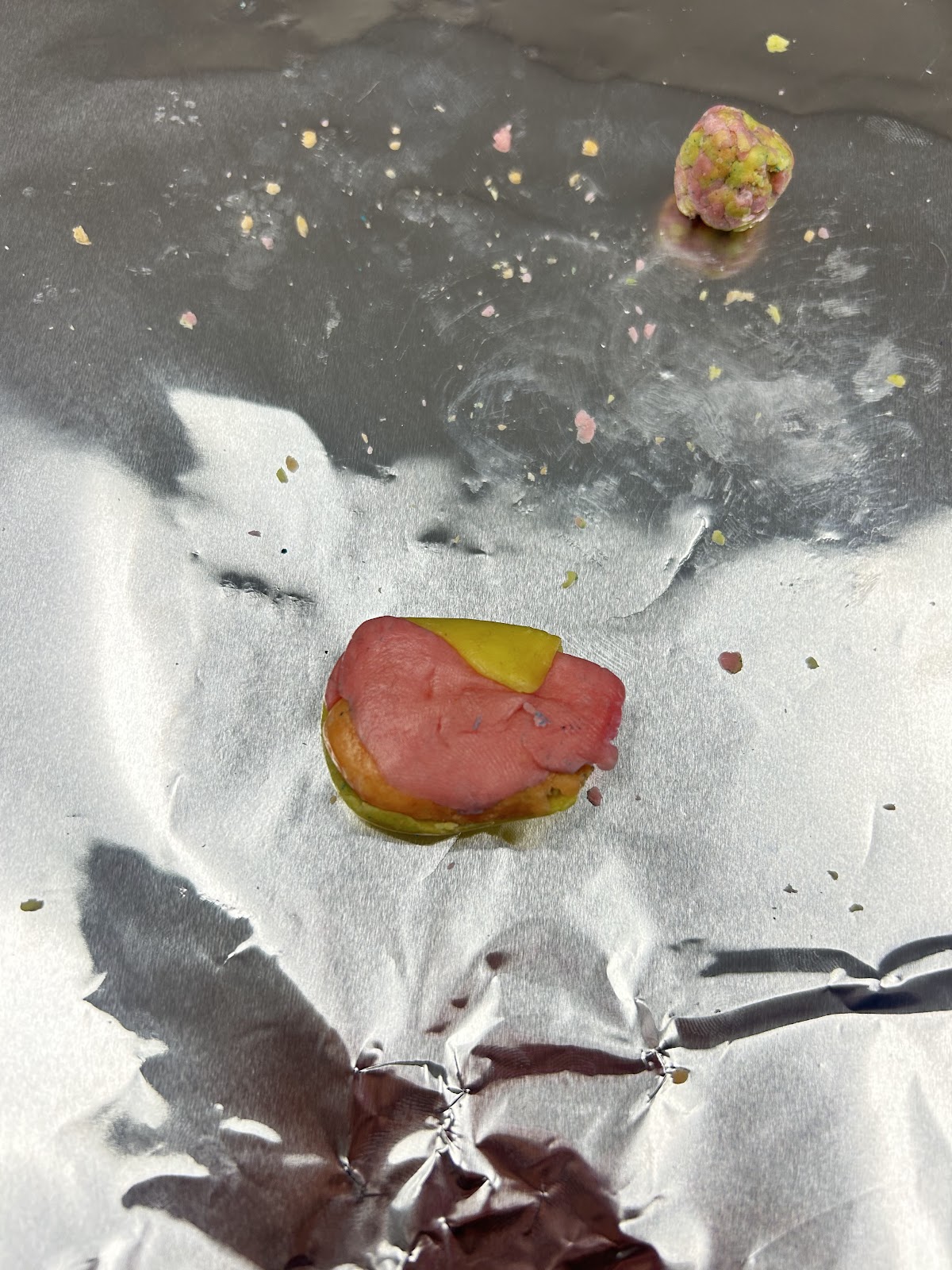To begin the lab, we got to work in our groups and look at SOW and what we will be teaching. We then went over some review things for our exam on Thursday. Then, we did an activity where we put a sticky note on a timeline to see when things happened. It was our preconceptions of the Earth and what came before the other. I learned that when the Earth was created, it was a hot ball of magma, and the Earth was created around the same time. The first life forms started in the oceans, which were different bacteria and plants. Then, we could see marine animals begin to form. Then, humans will form soon after that. I found this to be interesting because I knew it was in this order, but I did not know a lot of the little things that go along with it all. I found it very interesting. After looking at the interactive simulation, it was really interesting to look at how the Earth has changed over the past years. It was cool to see how much ocean there was when the earth began and then how land sl...



